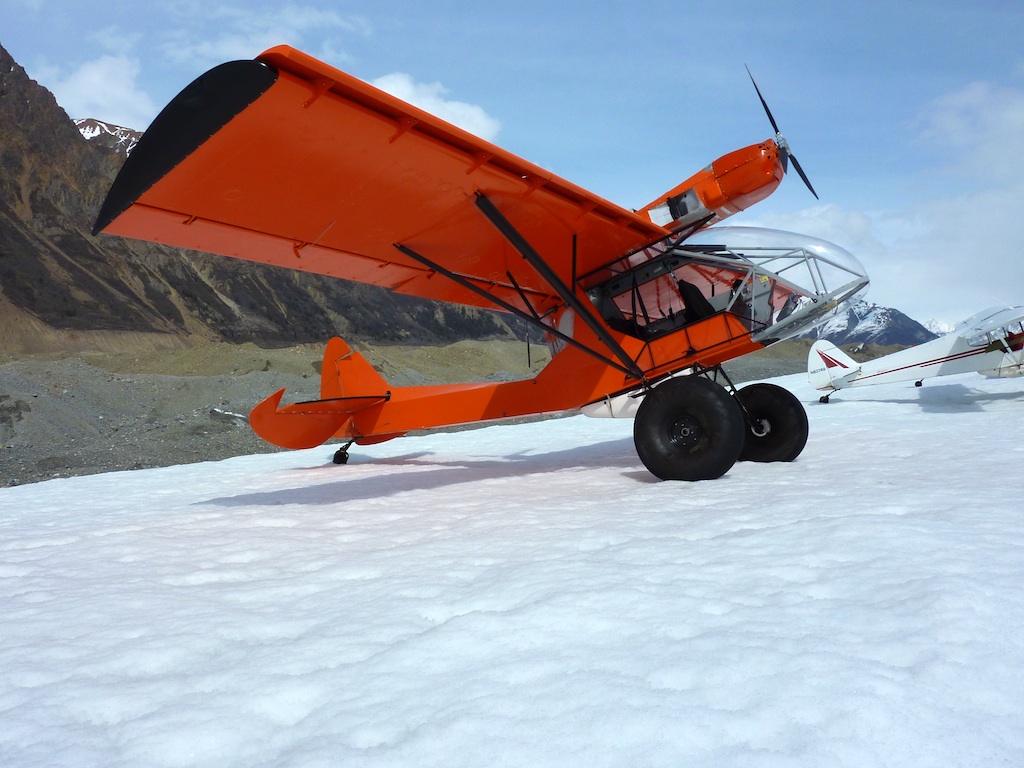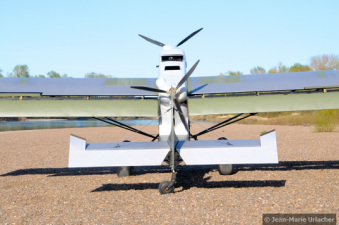THIS—THE DOUBLEENDER—IS ONE OF THE WEIRDEST AIRCRAFT I HAVE EVER SEEN
BUT IT CAN DO SOME EXTRAORDINARY THINGS
It has been a little time since I wrote about aviation—more is the pity—so I went to check on bush plane progress (an area of interest of my friend, Tim—whose enthusiasm has infected me) and came up with the DoubleEnder (as illustrated).
Bush planes are all about:
- STOL (Short Take-off & Landing) Flying to normally inaccessible places (the bush) where support facilities are minimal to non-existent—and landing strips are short, rugged—and almost certainly not paved. STOL needs to include excellent visibility, slow landing speeds—and the ability to climb fast to get out trouble.
- RELIABILITY. It is not a good idea to crash in the middle of nowhere. Here, two engines are recommended.
- SIMPLICITY. Since the expertise to maintain complexity rarely exists in the middle of nowhere, the aircraft has to be as simple to maintain as the required functionality will allow.
- ECONOMY. A bush plane should be considered the equivalent of a car or small van. It typically has to carry a couple of people and some extra stuff—but most are not configured as serious cargo planes. That said, some bush planes are larger than others and better equipped to carry cargo. The principles of a bush plane are scalable. Either way, you want to be able to get around at minimal cost.
- RANGE & ENDURANCE. Distances in the bush tend to be substantial. You have to think in terms of hundreds of miles each way—and allow a substantial margin.
- SAFETY & CRASHWOTHYNESS. Since a bush plane’s flying conditions are inherently higher risk—particularly where take-offs and landings are concerned—it is a good idea to be prepared for a worst case scenario.
The DoubleEnder copes with all the above to near perfection (based upon what I have read and the videos). The weird design is a perfect example of form following function, and yields spectacular results. For instance the landing speed of this remarkable aircraft is only 35 mph, the visibility from the rollcage-equipped bubble cockpit is nothing short of spectacular, and the aircraft can both land and takeoff on rough ground (note the large, sturdy wheels) is only a few aircraft lengths. It’s incredible to see.
True, it cannot hover, but it can fly low, slow, and long (something most helicopters cannot do) at a fraction of the cost of a helicopter. Endurance is an impressive 9 hours plus.
The secret of its STOL performance seems to lie in the slats in the front of the wings. All of this is best explained by the developers themselves at http://www.bushplanedesign.com/the-story.html
Why is it called the DoubleEnder? I imagine because it has both a conventional prop in the front and a pusher prop in the rear (to go with the two engines) so it has a sort of double-ended look.
This is absolutely my kind of plane. So far, only a prototype has been built.
This is a good example, in its way, of the ossification which sets into conventional companies. This could have been built by a well-known name—but an ‘if it ain’t broke, don’t fix it’ mentality seems to take over the corporate mindset surprisingly quickly—so that it takes some cheeky upstart to rethink things.
This is re-thinking par excellence.


Powerplant: 2 × Rotax 914 (modified to 130 hp each)
Total Hp: 260 hp
Propeller: Warpdrive 3 blade 72”
Fuel type: Premium or 100LL
Fuel Capacity: 103 Gallons (Wings Tanks = 48 + Optional Belly Pod = 55)
Endurance: 9 hours with optional belly pod (at max cruise setting)
Range: 970 miles (at max cruise setting)
Cruise Speed: 108 mph
Landing Speed: 36 mph
Empty Weight: 1500 lbs
Gross Weight: 2500 lbs

No comments:
Post a Comment